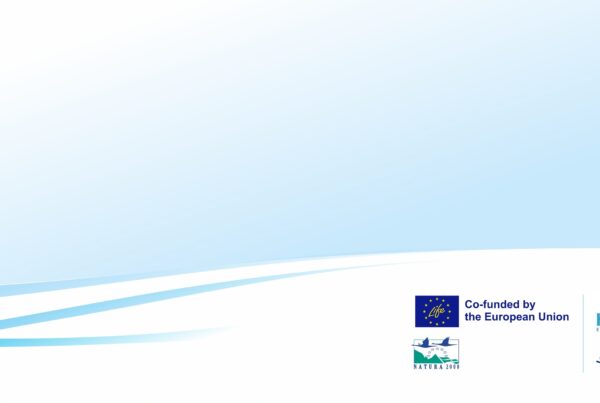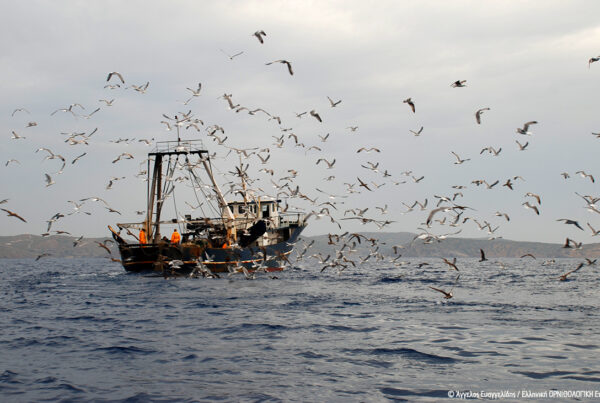Far from easy one can describe the research and monitoring of birds in the wild. Especially seabirds, where researchers must approach isolated islets, sometimes amidst difficult weather conditions, and work in inaccessible topographies.
Such fieldwork was Makronisos, which, although it is not an islet and not so isolated, the approach to seabirds’ nests requires “climbing” and other skills from our researchers who want to study them.
This is the reason why we present some photos from the first mission of the University of Crete – Natural History Museum of Crete and NCC Makronisos on 10/03/2024, for the capture, ringing, satellite-transmitters mounting, and collection of biological material from some shags of the island.
A total of 3 transmitters were mounted on 3 chicks, hoping that the data provided by the transmitters (once the young birds start moving to search for food) will help in locating the feeding grounds of the species in the wider area of the Aegean, and who knows, possibly in marine areas that we cannot imagine.












 Ελληνικά
Ελληνικά Italiano
Italiano